The Monkey Pot is A Natural Addition to Your Aquarium or Amphibian Enclosure
The forest canopy is full of an abundance of different-sized leaves and seed pods, meaning that the aquatic environment below is full of unique microhabitats formed when these materials fall from above. Each botanical serves a different purpose and can add unique nutrients to the ecosystem. Today we're going to discuss one of our favorite seed pods: the monkey pot. At Betta Botanicals, we believe that this botanical is one of a kind! It’s so durable it can last years in the aquarium, and fish can’t help but incorporate it into their territories. But what are monkey pots? What makes them so famous? Let's meet the monkey pot and find out!
Using Monkey Pots in Your Bioactive Amphibian Enclosure: Benefits and Tips
The monkey pot is one of the most popular aquarium botanicals in the hobby. Honestly! If you view any aquarium under the #blackwateraquarium you are bound to find them left and right. Monkey pots come from the Lecythis Pisonis tree, also known as the Monkey Pot Tree or Brazil Nut tree. The monkey pot tree is a medium-sized tree native to South America, originating in Brazil. This unusual tree gets its name from the fruits and woody seed pods (similar in appearance to coconuts) it produces – which monkeys enjoy digging into for the nutrient-rich seeds. Native peoples recognize the usefulness of the monkey pot tree in improving human civilization. The wood is durable and the fruits provide many medicinal benefits. In these societies, the cultivation and harvest of monkey pot fruits enable economic development.
Photo credit @thegilltybetta
How Monkey Pots Can Improve Your Aquarium's Ecosystem and Aesthetics
Monkey pots are good for people, but are they good for fish? When sourcing unique botanicals, we often get asked about their safety. When asked if monkey pots are safe botanicals, we say yes! Like many botanicals, Monkey Pots add tannins to your botanical aquarium and help to mimic your fishes natural environment. They also add unique focal points to BioActive enclosures for dart frogs or geckos. Remember that most freshwater fish and invertebrates come from tannin-rich ecosystems filled with twigs, seed pods, and other leaf litter. Don’t believe us? Take a visit to your local lake, pond, or stream!
The Versatility of Monkey Pods in Creating Naturalistic Environments
Across hobbyists, monkey pots are an obvious favorite. They provide hides for fish in your aquarium, and terrarium enthusiasts love to include them in their bioactive enclosures. At Betta Botanicals, we love monkey pots for their versatility! Botanicals, especially those rich in tannins and other nutrients, can act as supplemental food sources in your home aquarium. Some botanicals, such as nettles, act as feeder botanicals for your tank inhabitants. These botanicals are meant to be eaten rather than last in your aquarium. Other botanicals last longer and grow biofilms to feed your inverts, which is where monkey pots come in to play. They are great at growing supplemental nutrition for your aquarium inhabitants! Shrimp, snails, and suckermouth catfish love to eat the biofilms they help cultivate, and their high concentration of selenium provides vital elements to the aquarium ecosystem.
Photo credit @thegilltybetta
Monkey Pots are The Perfect Hiding Spot for Your Aquarium's Inhabitants
Most fish enjoy some sort of hiding spot in their environment. Hides give your fish a place to rest and relax and help them to destress. In their wild habitat, bettas hide in natural caves that form in sunken logs and the crevices between rocks, or underneath floating leaf litter. The shape of monkey pots naturally mimics a cave, so they make perfect resting places for your betta. Amongst the few cave-spawning fish is Betta Burdigala, a perfect fish to use with Monkey Pots. Not a fan of bettas?! Apistogrammas or the various bubble-nesting gouramis will utilize monkey pots for spawning and as a refuge.
Photo credit @Desktop_Aquatics
How to Prepare Monkey Pots for Your Aquarium
Before adding them to your ecosystem, many aquarium botanicals need to be prepared first. Don’t worry, preparing botanicals is easier than you think! Our preparation process includes boiling the botanicals to remove any potential contaminants, then boiling them again to ensure they become water-logged (this means they will sink!). Most of our botanicals require preparation and will come with a reminder. However, some don’t and can be added directly to your aquarium. If you're looking for more information you can check out our easy to use botanical preparation guide!
Photo credit @Desktop_Aquatics
How Long Do Monkey Pots Last in Your Aquarium?
In nature, leaf litter decomposes with exposure to the elements. Like in nature, aquarium botanicals are natural objects subject to natural processes. Over time, it’s normal for your sunken leaves, seed pods, and twigs to slowly break down and become part of the substrate especially if you have shrimp or fish like plecos which will purposefully consume aquarium botanicals. The detritus left behind from the decomposition adds vital nutrients to your aquarium and can act as a food source for inverts and bacteria. This is one of the reasons why you don’t need to remove the decomposing botanicals from your tank. However, what if you want a botanical that won’t break down quickly? Monkey pots are perfect for you! Of the aquarium botanicals, monkey pots are among the longest-lasting. Their durable, woody exterior allows them to last in the home aquarium. We have had hobbyists show us their Monkey Pots that are going on 4 years of use. 
The Importance of Monkey Pot in Creating a Balanced Ecosystem
At Betta Botanicals, we love monkey pots for their style, durability, and versatility! Among aquarium botanicals, monkey pots are truly one of a kind. Ready to get started with monkey pots? We have monkey pods for blackwater aquariums and bioactive enclosures! For the adventurous exotics keeper, we are proud to stock monkey pots for all of your -arium needs. Happy fish keeping!




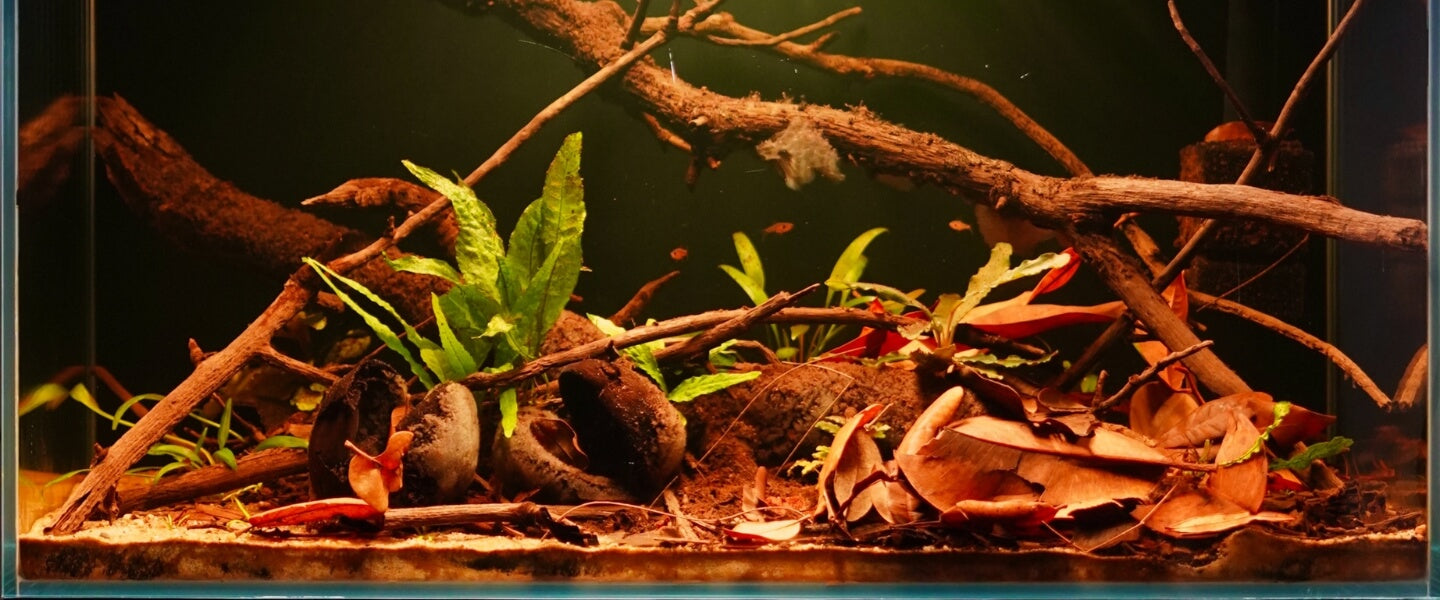
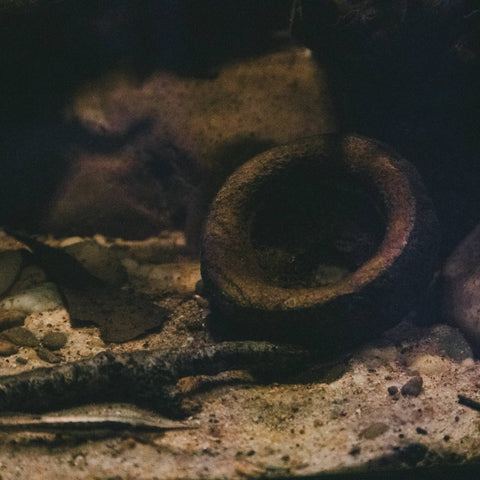
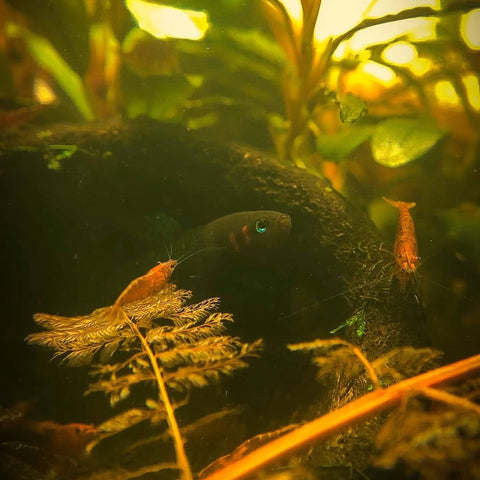
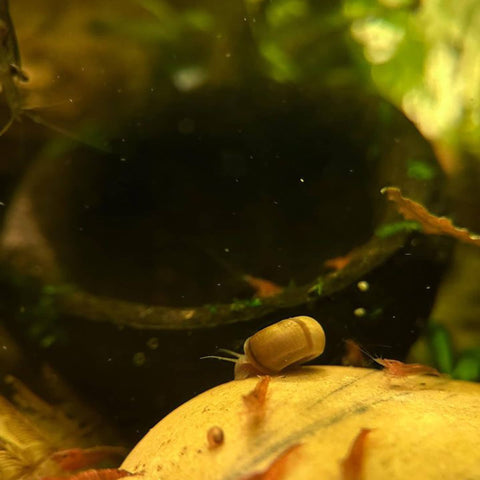
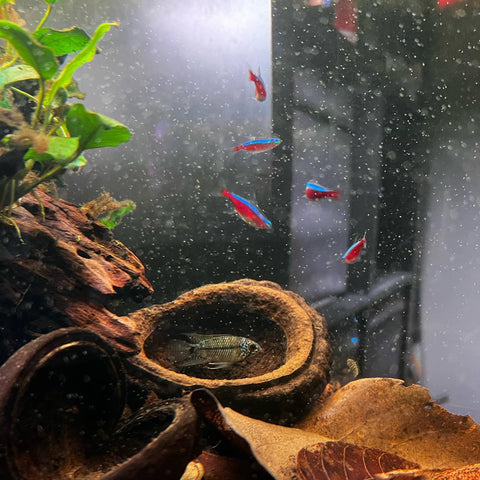


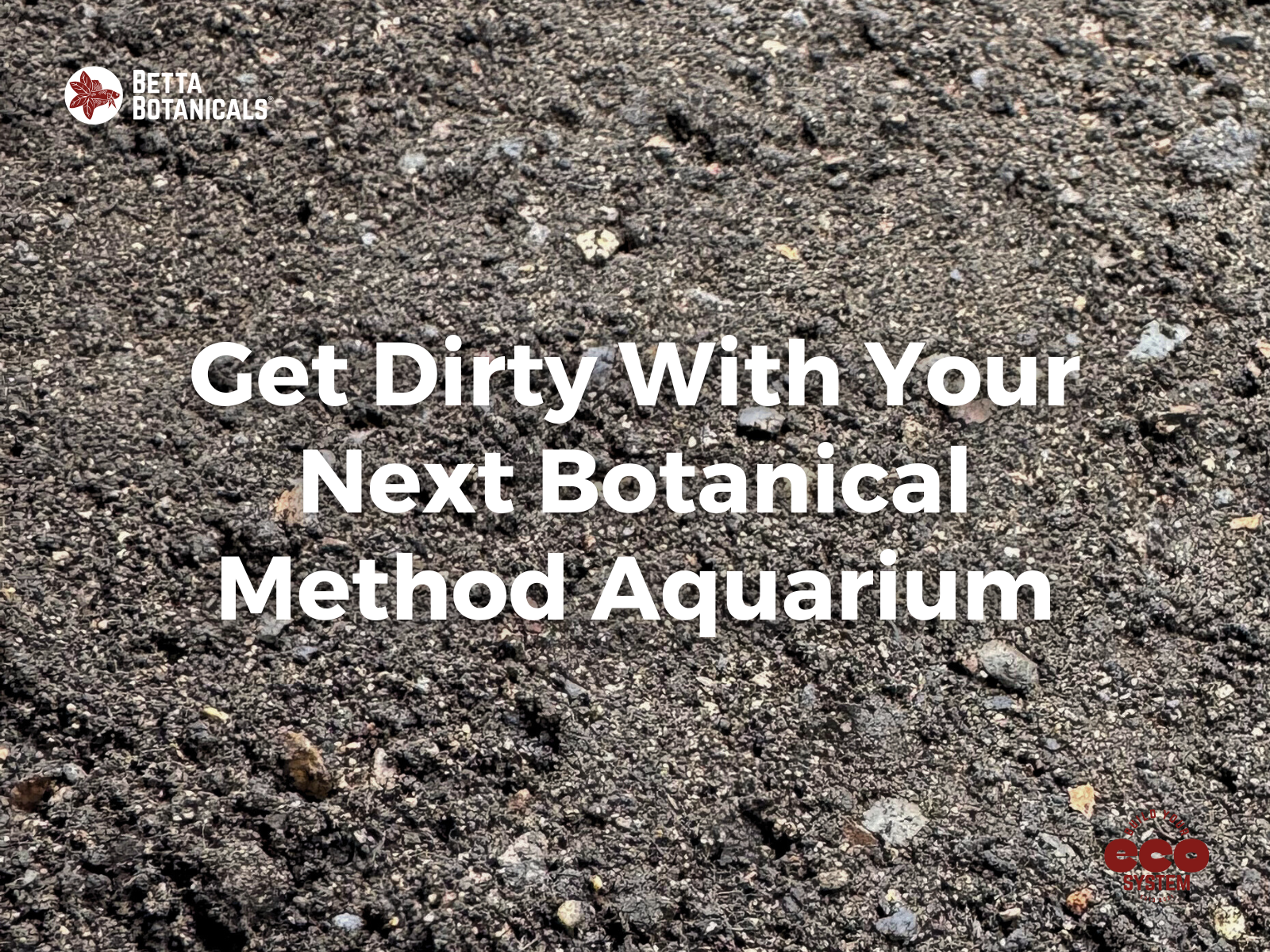
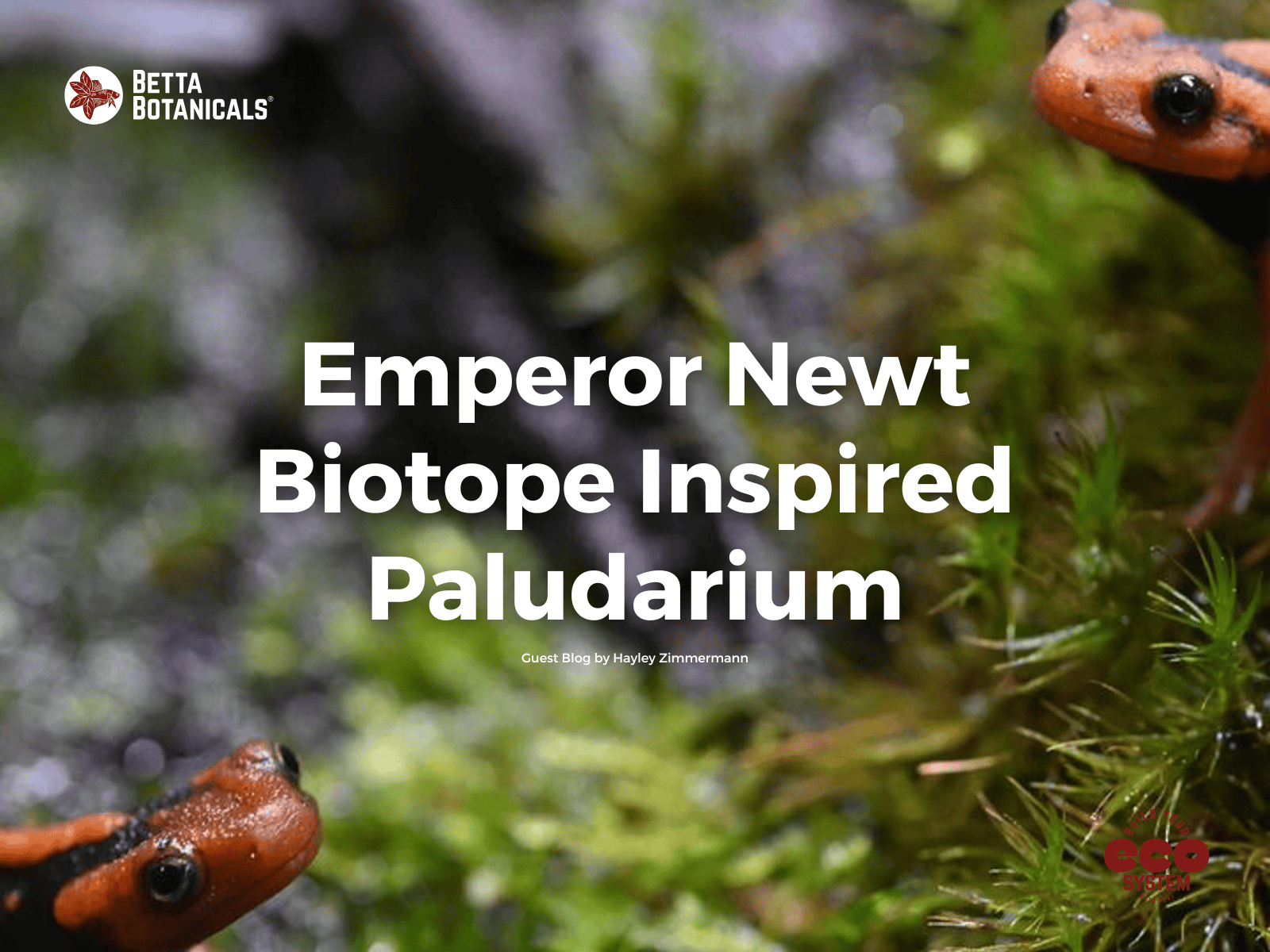
Inspire your friends:
What are the Ideal Temperatures for Betta Fish?
Ecosystem Profile: Borneo Peat Swamp Forests